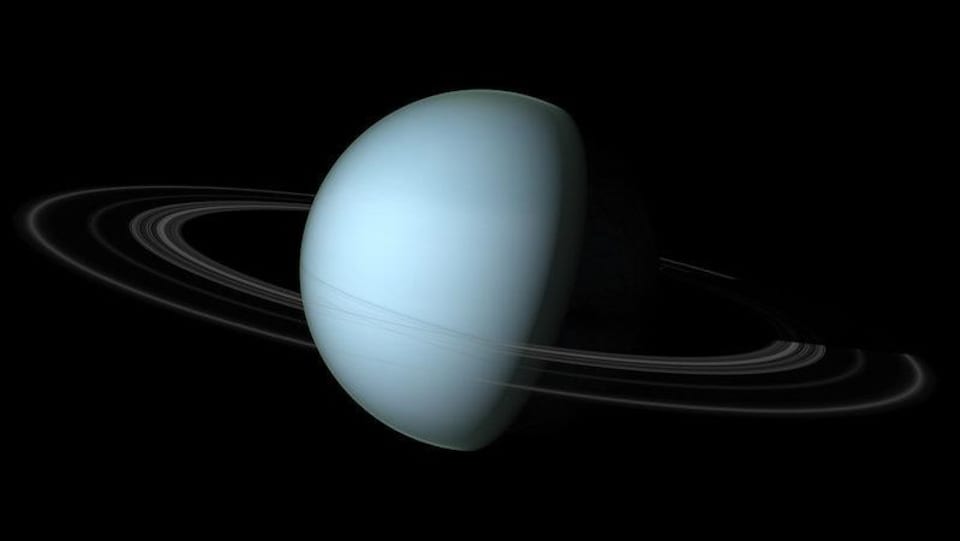In the solar system family, Uranus and Neptune are almost twins, except for one nuance: the former is paler than its sibling due to a thick layer of haze revealed by British astronomers after years of inquiry. . .
Uranus and Neptune are the farthest planets in the solar system (seventh and eighth), revolving 2.9 billion and 4.5 billion kilometers around our star, respectively. Two icy and little explored worlds – only one probe, Voyager 2, flew over them in the late 1980s.
Since then, thanks to terrestrial and galaxy observatories, astronomers have learned to better understand these giants, which are both made of gas. They observed large similarities in diameter (50,000 km each, i.e., five times higher than Earth), temperature (about -200 ° C), mass and composition of their atmospheres.
The presence of methane, a gas that absorbs infrared radiation, gives the siblings the same bluish color, contrasting with the warm colors of Jupiter and Saturn, the two other gas planets of the solar system.
But at visible wavelengths, Neptune’s blue appears brighter than Uranus ’, a difference that astronomers struggled to explain until new research found a single cause.
Posted on Tuesday at Journal of Geophysical Research (JGR), they suggest the existence of an existing haze layer on both planets, but thicker on Uranus. What whitens the appearance of his complexion, explains AFP Patrick Irwin, planetary scientist at Oxford University, lead author of the study.
To reach this conclusion, he and his team combined old data collected by Voyager 2 with more recent data from the Hubble and Gemini North telescopes (Hawaii). And they developed a model that describes the different atmospheric layers of ice giants, in a wide range of wavelengths (ultraviolet, visible and near -infrared) – previous research has focused on specific wavelengths.
One such layer containing photochemical haze particles was found twice the thickness on Uranus. These particles absorb the Sun’s ultraviolet rays, they will cause the lowest UV reflectivity observed on the planet. They will also explain it more pale blue visible to the human eye, because these particles reflect a visible spectrum close to whitedetail of the study.
As Neptune’s atmosphere renews more quickly, it will be more effective at repelling the haze layer at the source of Uranus ’pallor.
It is also in these atmospheric mists that the key to the mystery of dark places is often seen on Neptune, which is more rare on Uranus.said Professor Irwin.
Source: Radio-Canada
